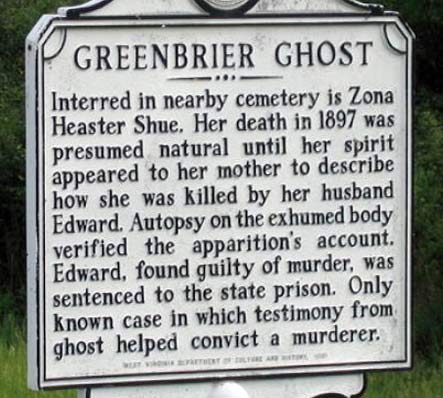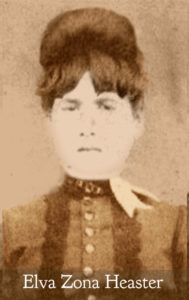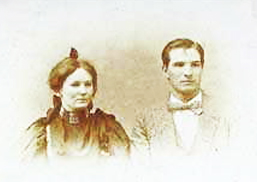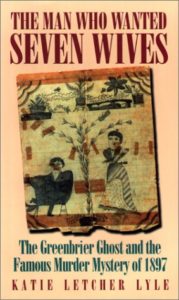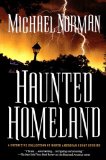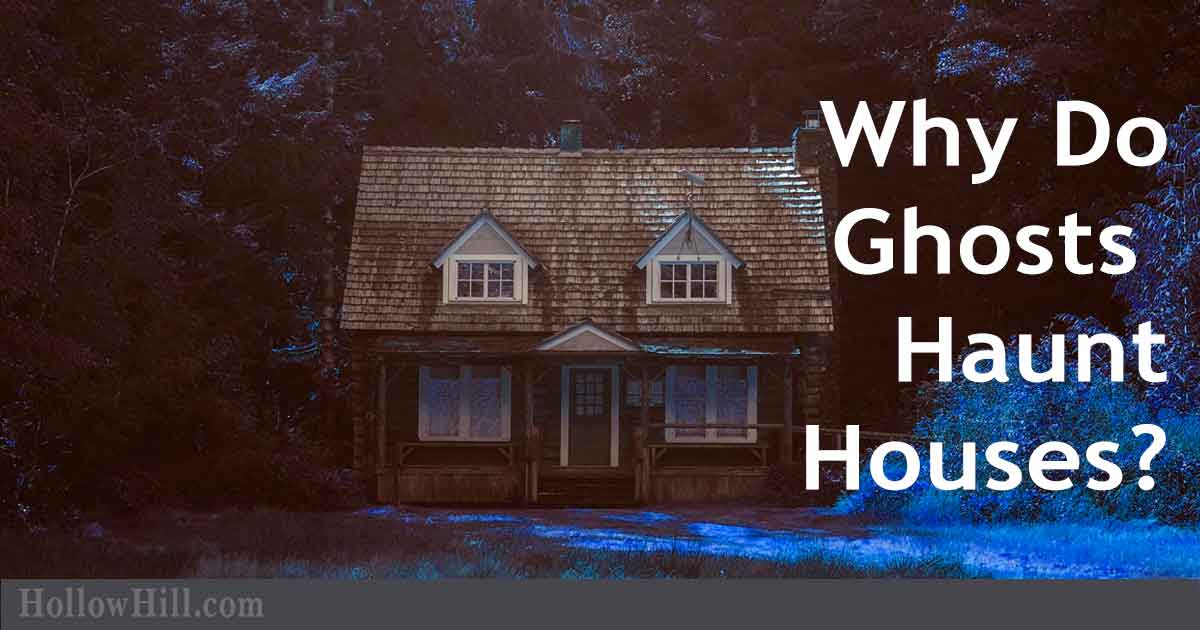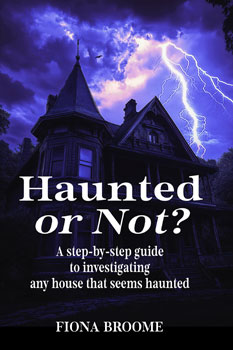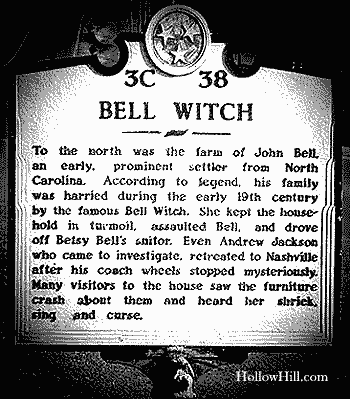 If you’re a ghost hunter interested in extremely detailed history related to the Slaughter House, here are more notes from my off-site research.
If you’re a ghost hunter interested in extremely detailed history related to the Slaughter House, here are more notes from my off-site research.
(If you’re looking for Slaughter House ghost stories, see my related article, Most Haunted: The Slaughter House, Liverpool.)
The following history might connect to ghosts in and near Liverpool’s Slaughter House.
First, I researched Jane Ellison. She was a previous owner of the Slaughter House site. I’m not sure those notes are useful.
Then, I studied old maps – and business directories – looking for local clues. That historical information may be helpful for future investigations at the Slaughter House.
Or it might be irrelevant. I haven’t a clue, but – having put so much time into this – I’m sharing it in case it’s useful.
Jane Ellison
Using Tom Slemen’s list of historical owners of the haunted Slaughter House site, I researched early owner Jane Ellison.
For some reason, Jane’s name seems to “light up” for me. (When I use that expression, it means the item seemed to hold my attention more than it should. That’s when I go looking for something odd to explain it.)
Jane Ellison #1
Here’s one interesting Jane Ellison, but I don’t know if she had any connection to the history of the Slaughter House.
This Jane Ellison was born about 7 March 1820 as a “female bastard” child of James Ellison, a laborer (from the nearby borough of Knowsley), and a woman whose name might be Margaret, but I can’t quite read it.
Here’s part of the court record:
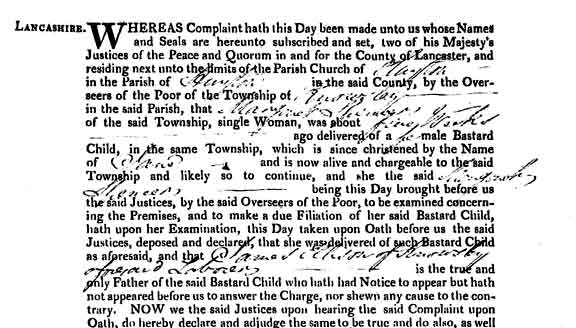
However, Ellison isn’t an unusual name in England.
This document does tell us that, in the early 1800s, at least one Liverpool-area Ellison caused some drama. He didn’t show up at court when charged as Jane’s father.
That’s a big red flag, if this Jane Ellison was connected with the history of the Slaughter House.
Also, in the 1766 directory, I found only one Ellison actually in Liverpool. (He was David Ellison, a watch maker on Ranelagh Street, not far from the Slaughter House site.)
So, maybe “Ellison” wasn’t a popular surname in the area, until much later.
Jane Ellison #2
Next, I found a burial record for “Jane, daughter of Jane Ellison,” who was buried 4 Oct 1819 in Liverpool.
The oddity there is that she’s just the “Jane, daughter of Jane Ellison,” without a father listed. Other entries on the same page list the mother and father of each deceased person.
Here’s the burial record:

Below, you can read the detail.
![]()
That record shows:
- She lived on Dale Street. (It was just around the corner from Fenwick Street, where the Slaughter House is.)
- She’s noted as a “spinster.”
So, there are two red flags connected with the name “Jane Ellison.” One was an illegitimate child, Jane Ellison, who was born in 1820.
The second (but lesser anomaly) was another Jane Ellison who appears to be a single parent, and – in 1819 – she buried a child named Jane Ellison.
In my research, I always note those kinds of anomalies. At least half the time, if they’re connected to a haunted site, their stories will be related to that site’s ghostly energy.
(Additional — but less unusual — Jane Ellison notes are at the foot of this article.)
Next, I looked at Liverpool maps and city directories. If I were investigating at the Slaughter House, I’d definitely study the maps in greater detail. I’m sure more clues are hidden in the history of the neighborhood.
MAP STUDY
If you’re researching the haunted Slaughter House’s history, here’s how the immediate area looked in 1766 Gore’s Liverpool Directory. (That directory is available, online.)
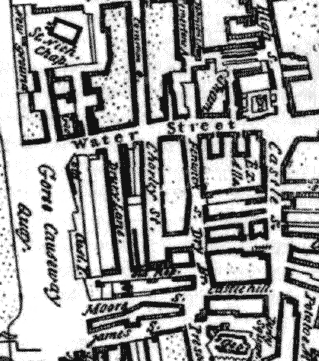
Here’s a transparent overlay of the current Slaughter House site (courtesy Google Maps), on that 1766 map.
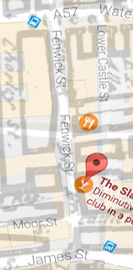
So, if you’re studying what was where in the late 18th century, the green arrow, on the map below, points to the current Slaughter House site.
I’m not sure what the “Dry Bn” was, or if that’s what the map says. But, I’d look at the history of the area where Fenwick Street (circled in red) intersected with Moore Street and — on the 1766 map — what’s indicated as Castle hill.
I’d also look at what was on Castle Street, in or close to the same building.
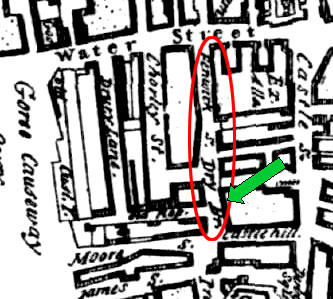
In 1766, these were businesses on or near Fenwick Street:
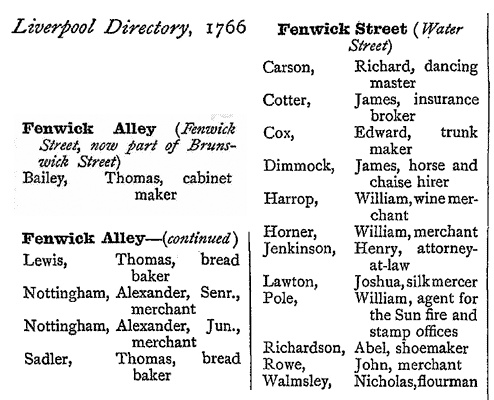
“Peter Carson, dancing-master” caught my attention. From my previous research involving dancing-masters, he’s likely to have a colorful history. (But, to be fair, “dancing-master” didn’t always indicate something other than dancing lessons.)
Other directory notes
Surveying the area, I have an uneasy feeling about nearby Castle Street, where a “cabinetmaker and toyman” business was mentioned. Perhaps something there was connected to the Slaughter House’s ghost stories.
And, Thomas Banner was an innkeeper at the Golden Fleece on nearby Dale Street. It was a long street, so that may not be near the Slaughter House site. It simply caught my attention as I was studying the area. (Also on that street, an inn called the Golden Lion. Interesting juxtaposition of names, particularly if they were near one another.)
Note: Every “Golden Fleece” I’ve researched has had more ghost stories than average. One usually involves a man chasing a woman as she fled for her life. Some of those tales ended more happily than others.
If you find more useful history related to the Slaughter House ghosts, let me know in comments, below.
Slaughter House photo courtesy Rodhullandemu
![]()
Additional notes about Jane Ellison
I’m including the following notes about Jane Ellison of Liverpool, for dedicated researchers who may find them useful. At this point, these Jane Ellisons don’t necessarily connect to the history of the Slaughter House or its ghosts.
Jane Ellison #3
This is not unusual; I’m including it in case it’s pertinent, later.
A Jane Ellison, age 75, was buried on 24 Jan 1838. (Born around 1763.) She died in the workhouse.
Aside from living to a grand old age (for that era), and the sadness of dying in a workhouse on a cold January day, there’s nothing of note in this. But, she could have been the surviving Jane Ellison #2 (above).
![]()
Jane Ellison #4
I’m not sure this has anything to do with the Slaughter House, either, but I found the “Will of Jane Ellison, Spinster” in Liverpool. (Reading it requires a fee, and I’m not that interested… yet.)
Note: If she is related to history of the Slaughter House, I’d read that will. Wills and probate records sometimes include the oddest details that can shed light on paranormal activity.
Jane Ellison #5
Here’s the marriage record of another Jane Ellison. Nothing odd here, but it may be useful, later.
Marriage: 26 Oct 1871 St Michael in the Hamlet, Aigburth, Lancs. (in Liverpool)
Joseph Craven – 25 Mariner Bachelor of St James Place
Jane Ellison – 22 Spinster of Collins St
Groom’s Father: William Craven, Builder
Bride’s Father: John Ellison, Labourer
Witness: Thomas Craven; Mary Ann Ellison
LEARN MORE ABOUT HAUNTED HOUSES
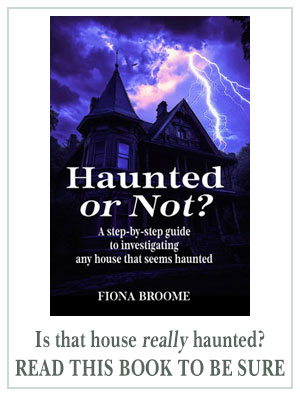 That graphic links to the Amazon UK link. Click here for the Amazon US link.
That graphic links to the Amazon UK link. Click here for the Amazon US link.



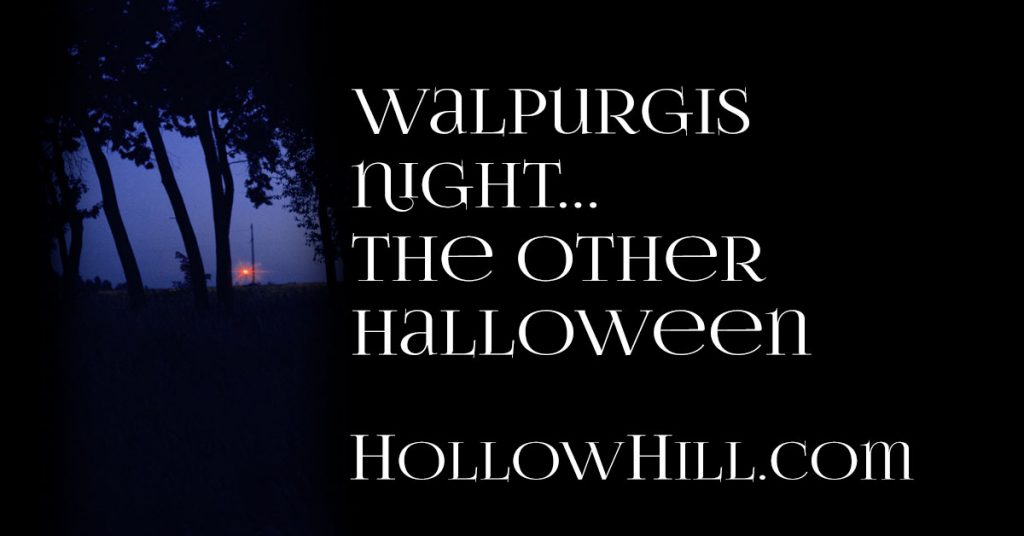

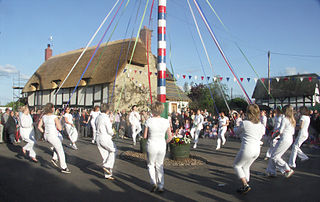 May 1st, also known as May Day, is a holiday in many countries around the world.
May 1st, also known as May Day, is a holiday in many countries around the world.

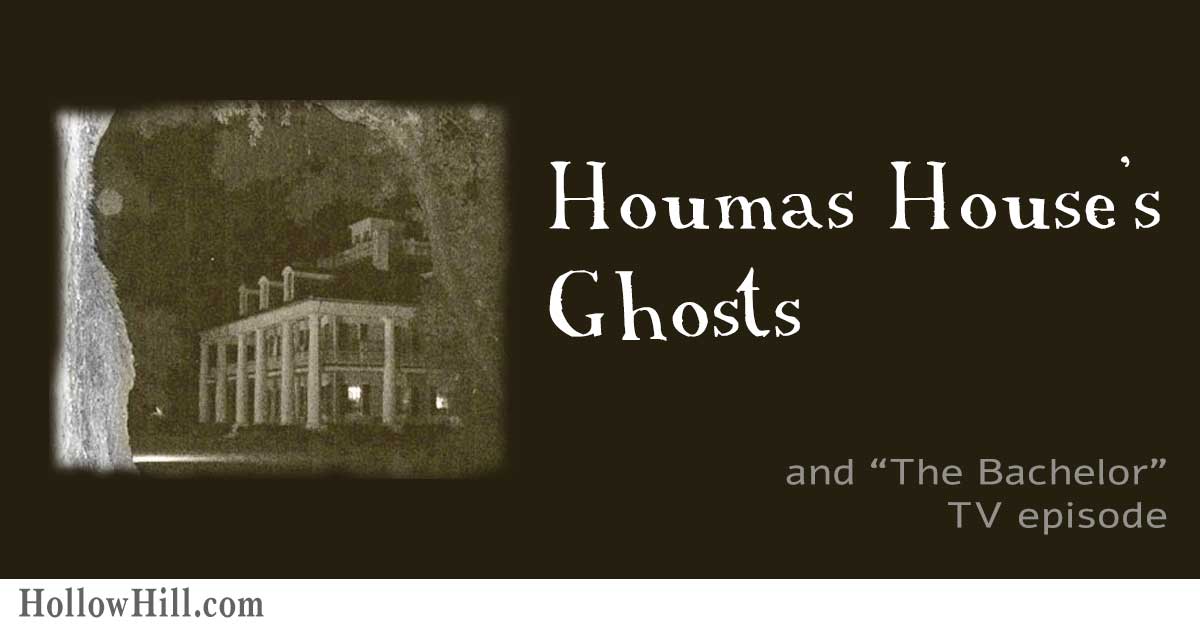
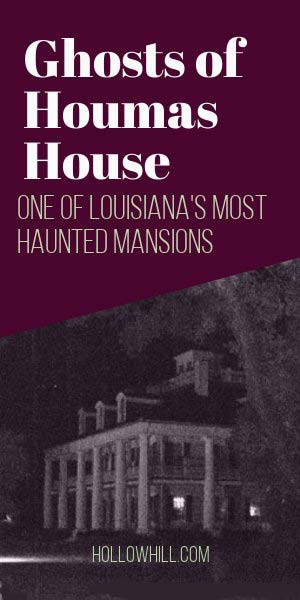 In 2016, an episode of the American TV series, The Bachelor, was filmed at haunted
In 2016, an episode of the American TV series, The Bachelor, was filmed at haunted 